Sometimes they play hide-and-seek with the light, sometimes they huddle tightly together on the barren surfaces of the limestone cliffs, creating an otherworldly illusion of the Tales of the Arabian Nights: with the participation of Berber Budapest, the well-known, specifically idyllic world of Matti Varga mingles with the atmosphere of a Moroccan bazaar.
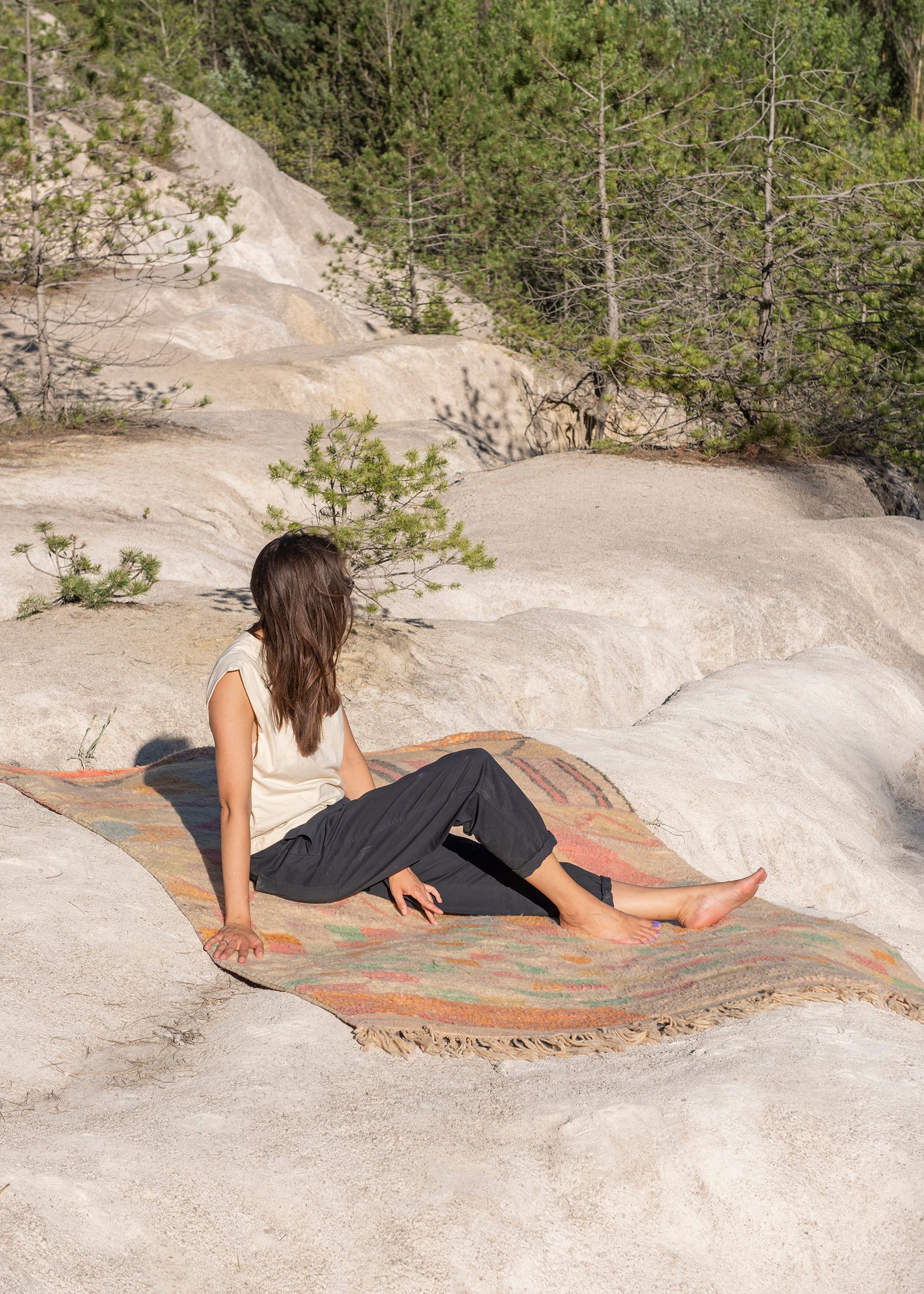
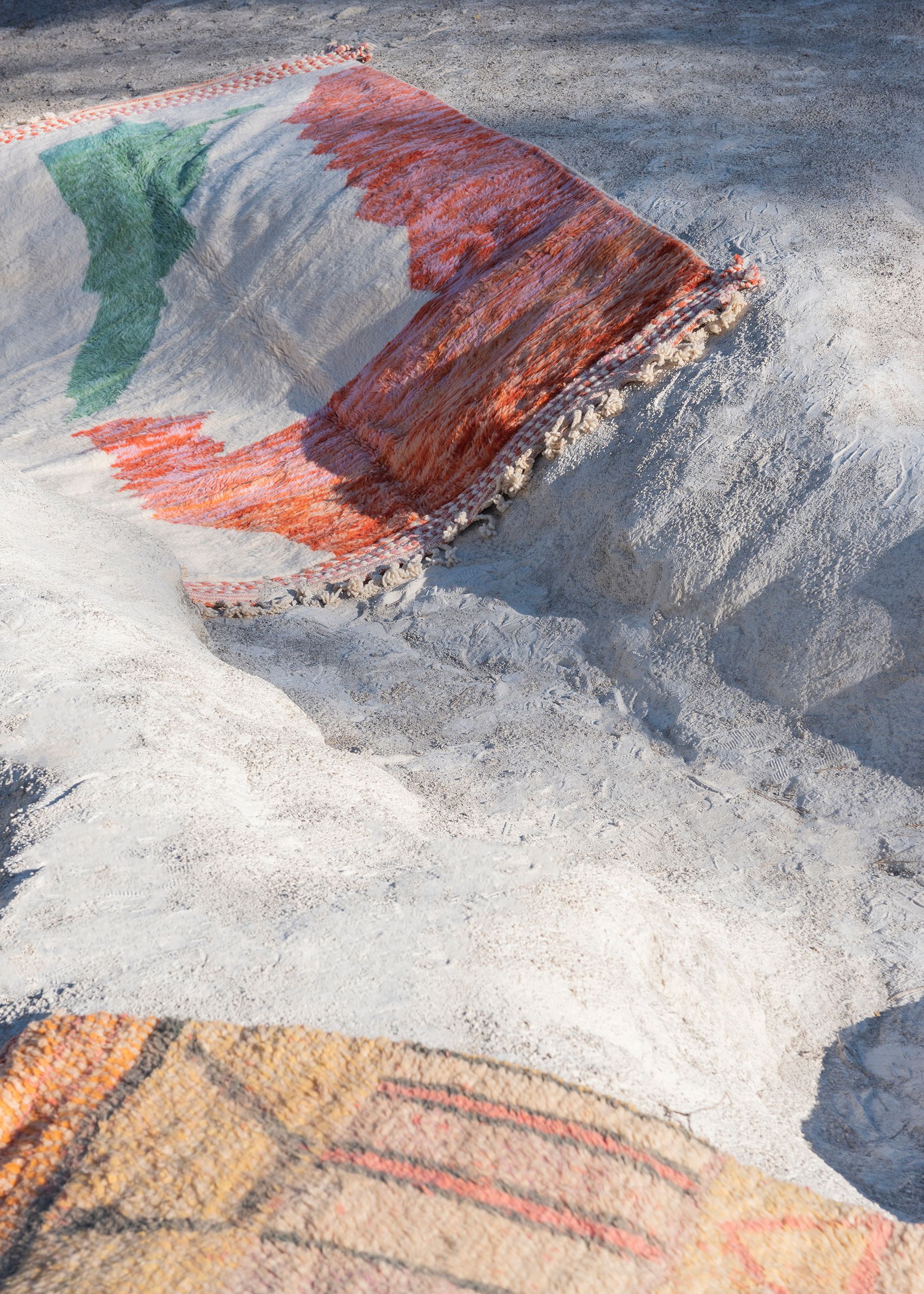
The photo series was shot in a deserted limestone mine, which evoked perfectly the rhapsodic relations between humans and their environment. The close coexistence with nature, on the other hand, permeates the Berber rugs with an almost sensitive expression, which Matti’s paintings interpret, sometimes blending into the landscape, sometimes highlighting it: intuitive works are an imprint between a mode of self-expression and cultural legacies. This symbiosis is evident in both meaning and production, most strikingly in the use of color, which still mostly uses natural methods, it isn’t uncommon to find different shades of colors in roadside plants or the much-prized saffron and walnut.
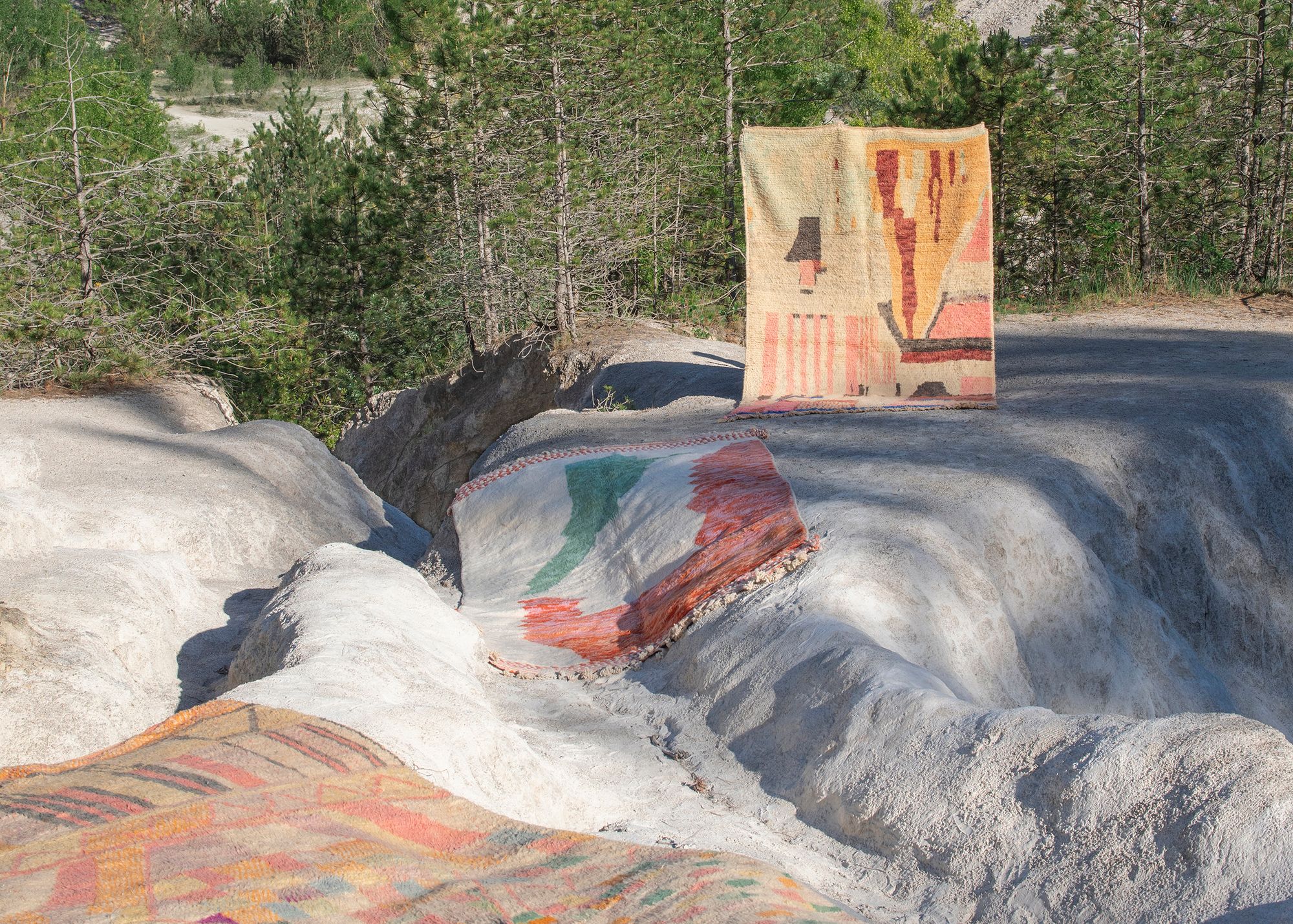
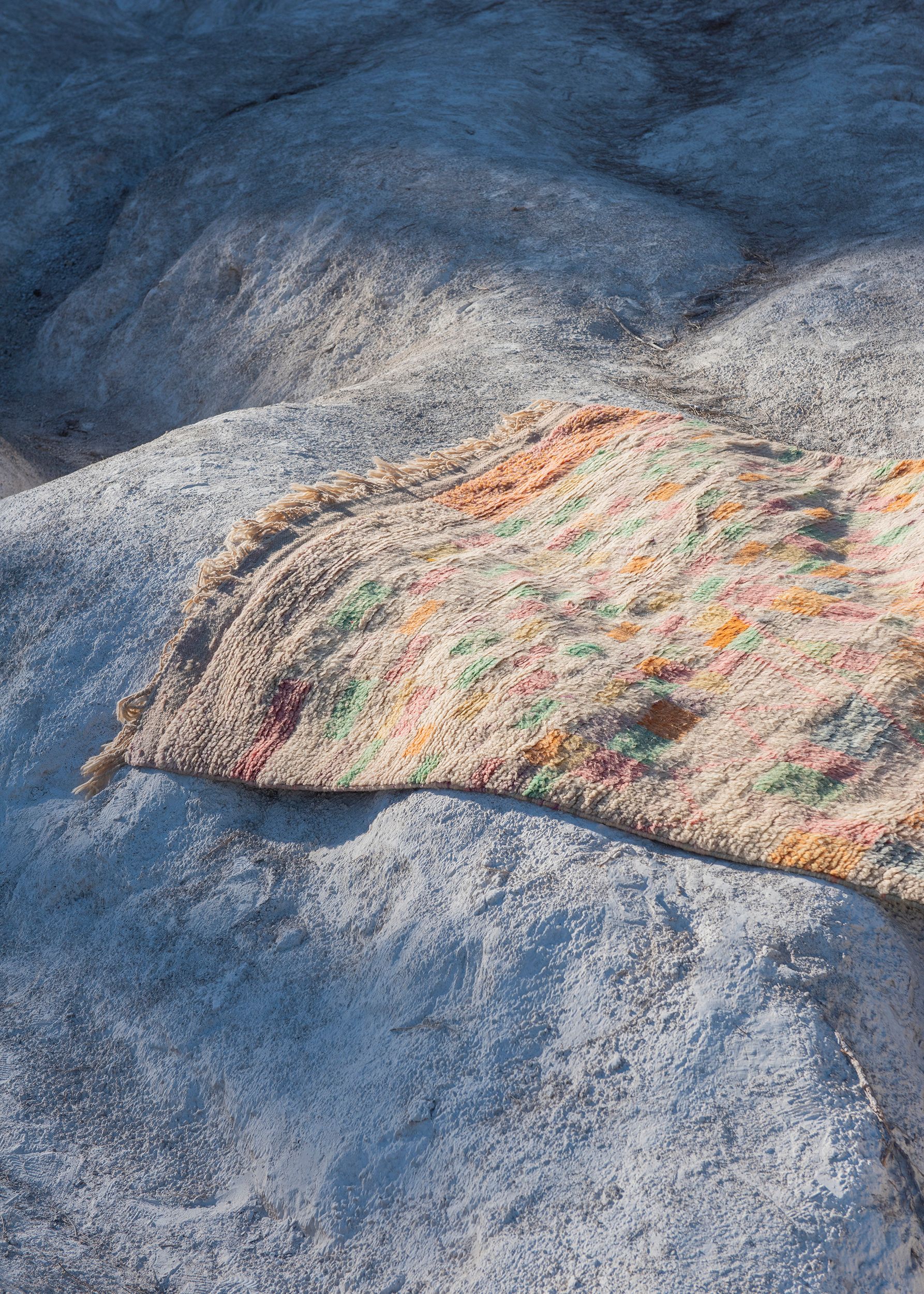
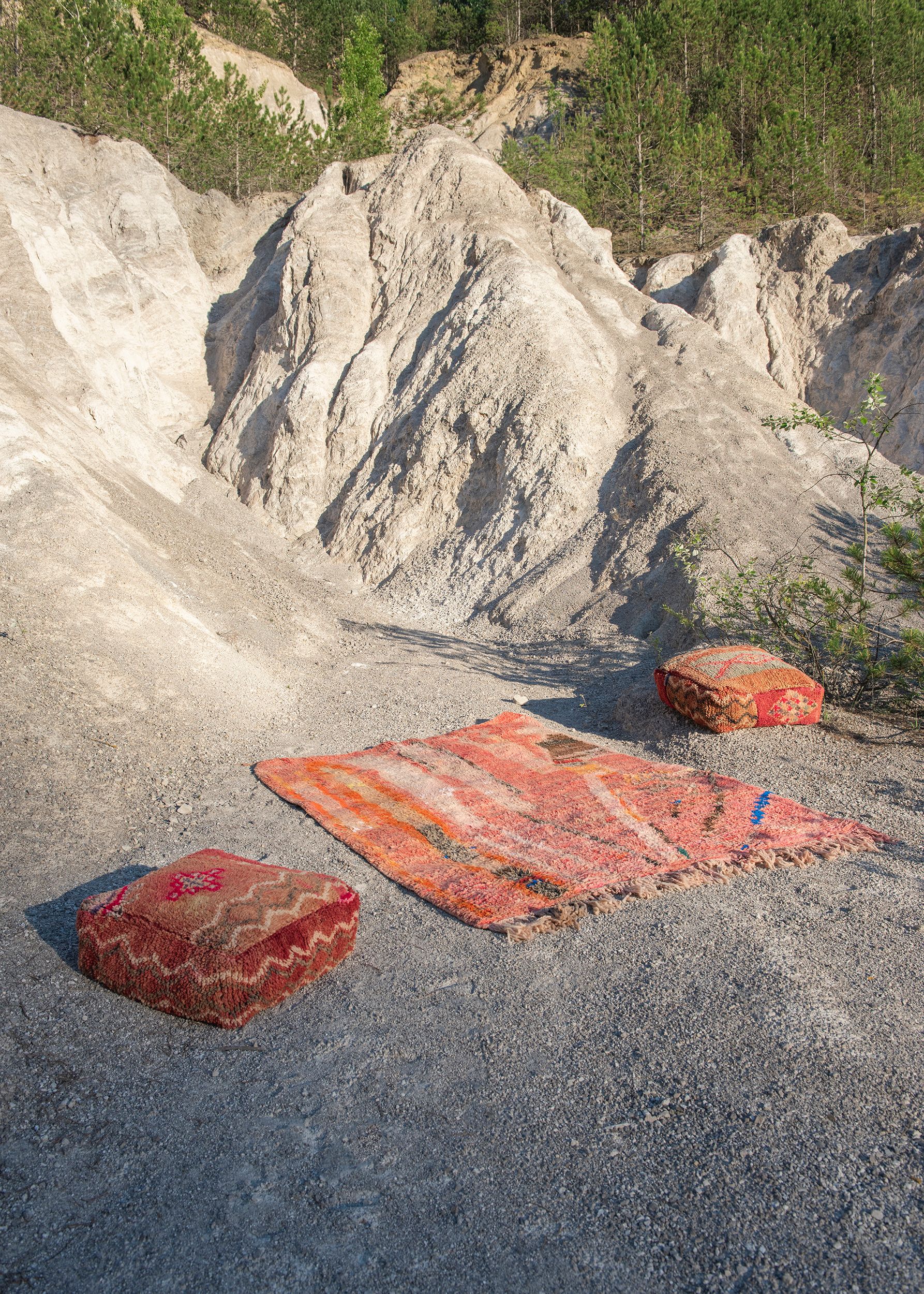
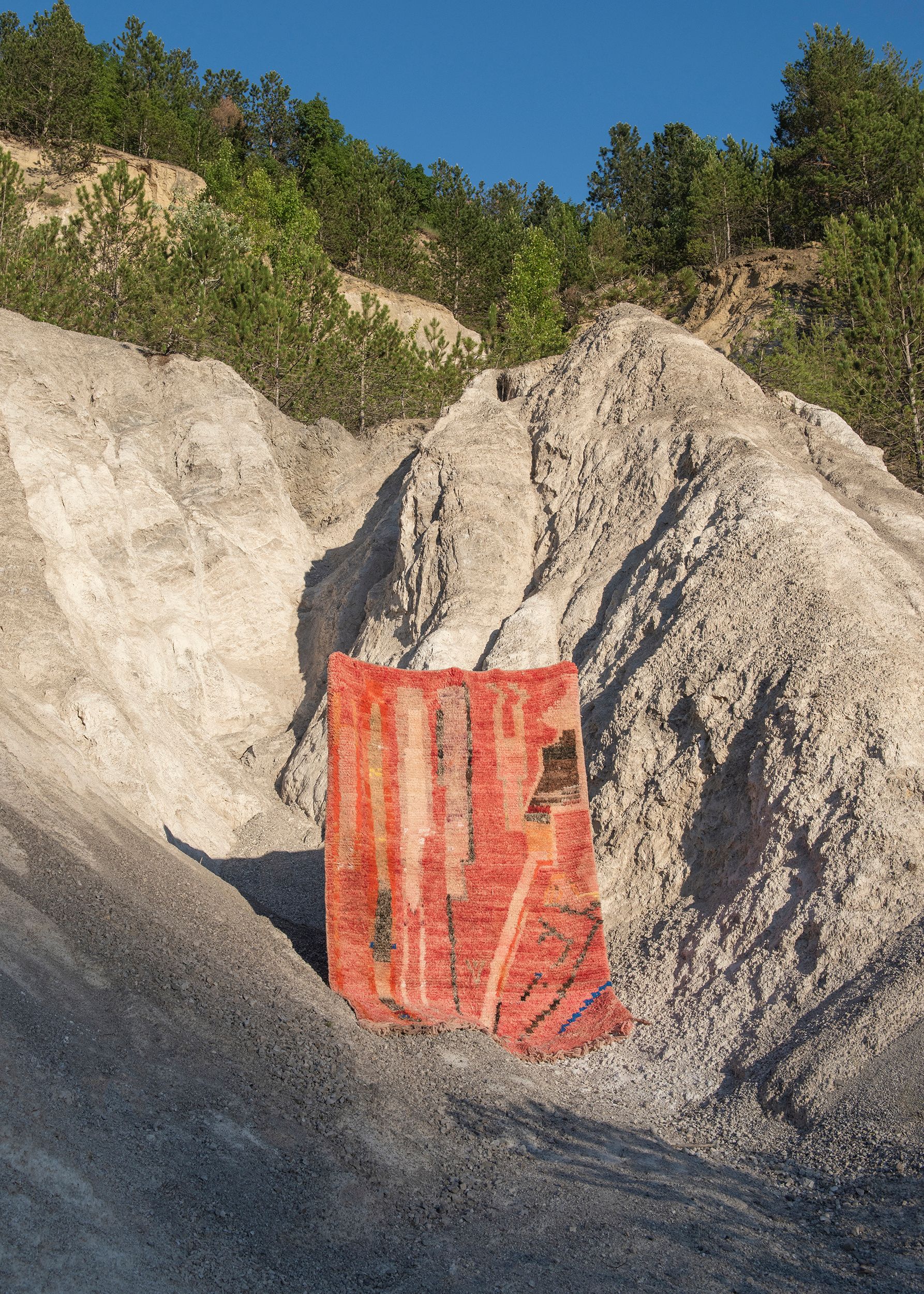
According to anthropologic studies and theories, Berber motifs and tribal symbolism date back to prehistoric cave paintings and rock art forms, hence the Amazigh weaving is seen as the last link between the present and the distant origins of humanity. The uniqueness of Moroccan tribal rugs can also be concluded from the fact that they differ from the family of Oriental rugs in both technique and form. This is essentially due to the isolation of the tribes, which has also helped them to endure the storms of history, including assimilation into other cultures.
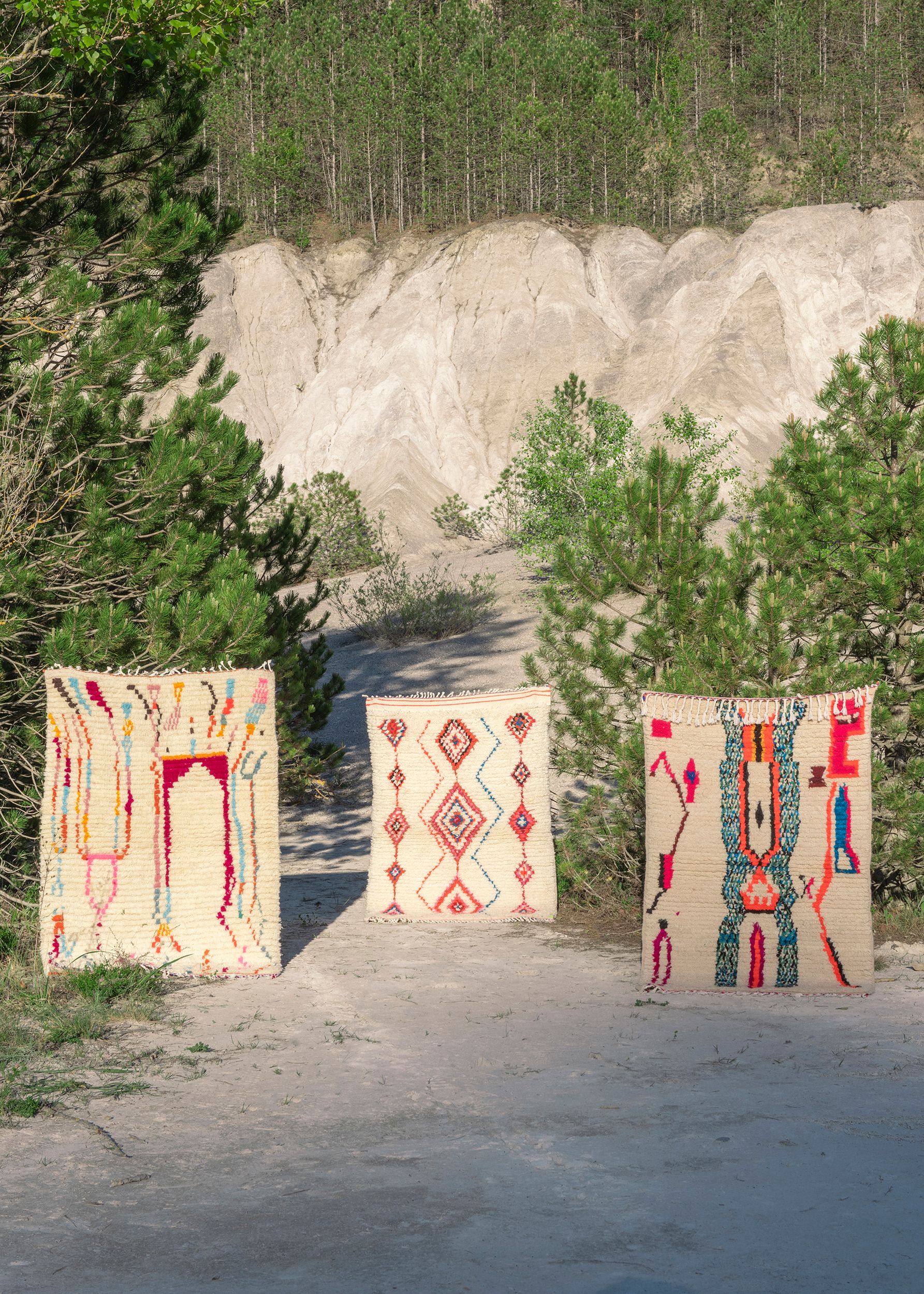
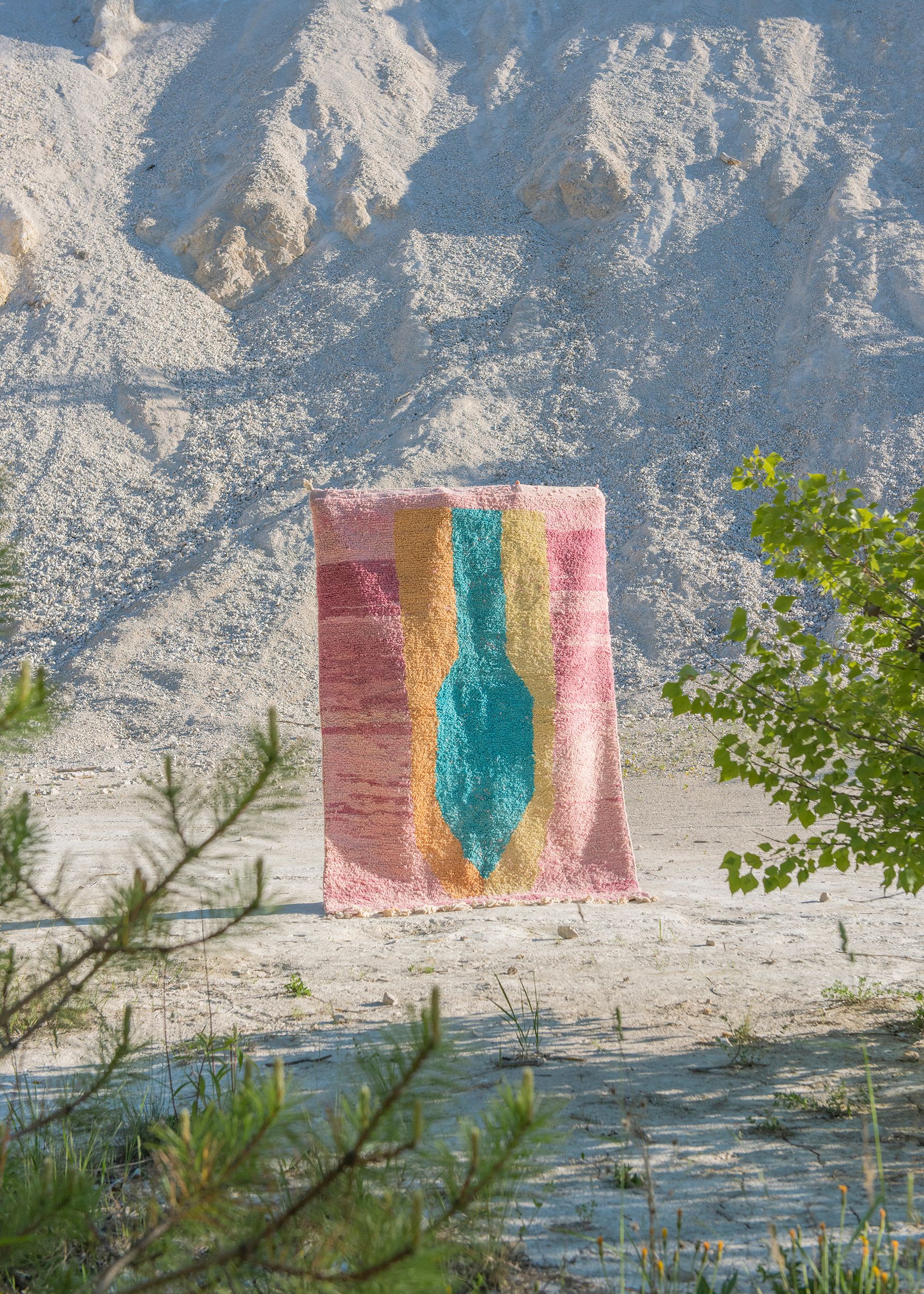
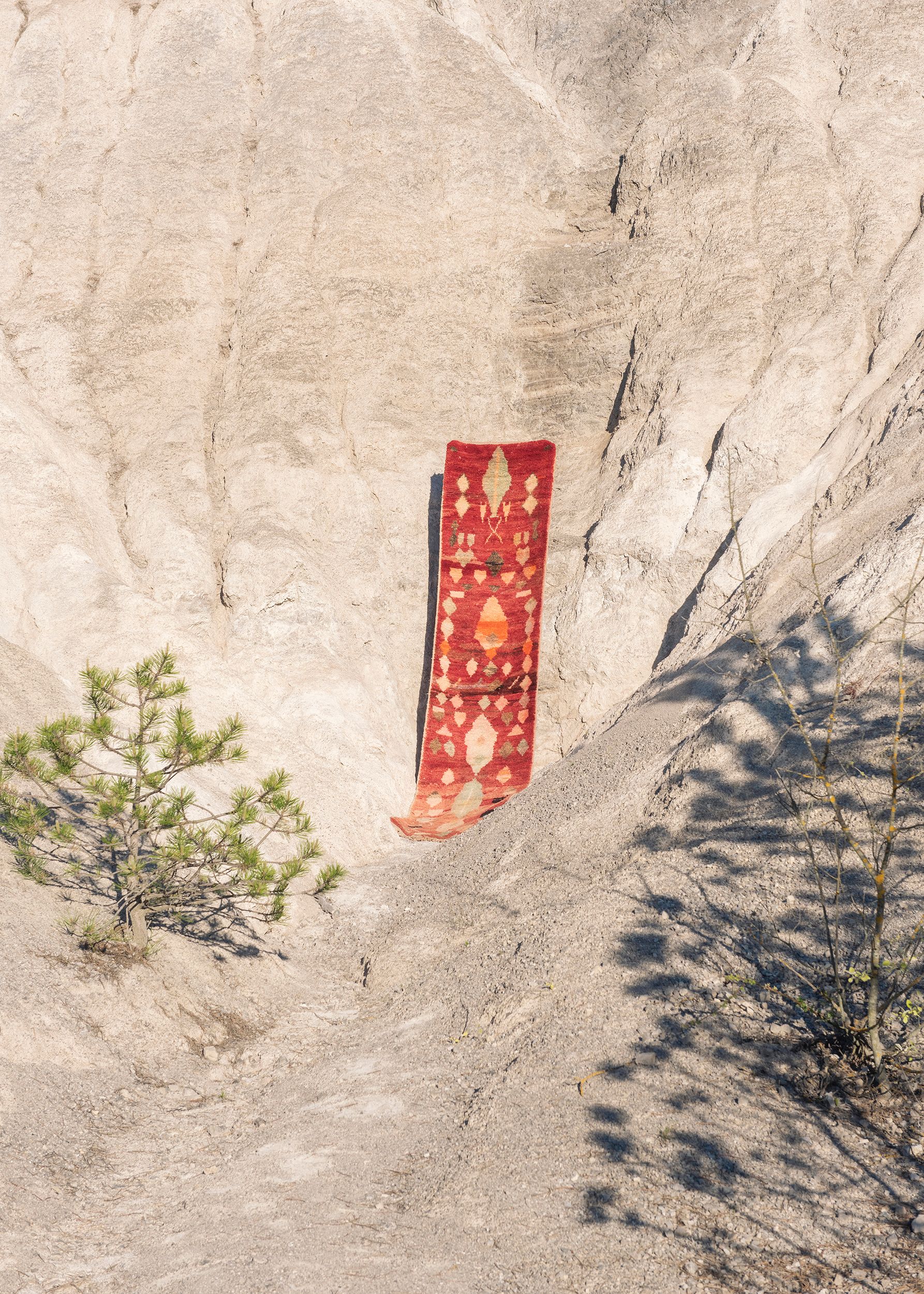
The meaning of rugs embraces both commonplace and ritual stories, the most widespread of these is the topic of femininity and the various life events that go with it, such as childbirth, pregnancy, or, in rare cases, separation—so it’s not surprising that diamonds are often used as decorative elements, and for them, they’re also the most important feminine symbol. A typical composition is the female symbol in the center, surrounded by male phallic symbols, all reflecting the protection present in archaic communities. These depictions are also regular because weaving is primarily a female occupation, so this perspective is dominant.
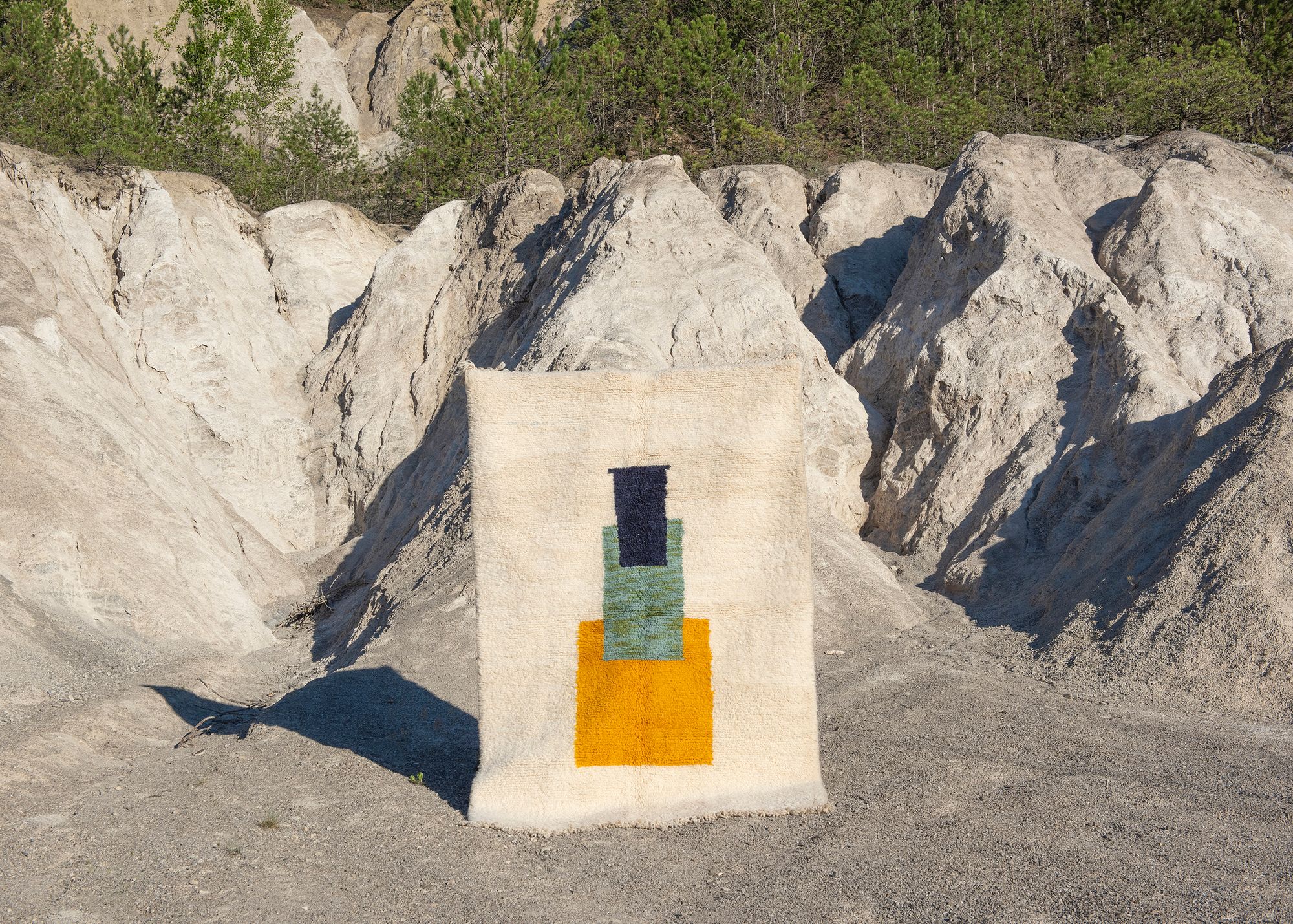
Visual elements and playful figurative patterns are also typical characteristics of Berber rugs. Sometimes an abstract depiction will show a bottle of argan oil, a cup, or sometimes a ploughing peasant. The boundless power of folk art draws on this, and everything that surrounds them is a source of inspiration, from the immediate material culture to nature and generational traditions.
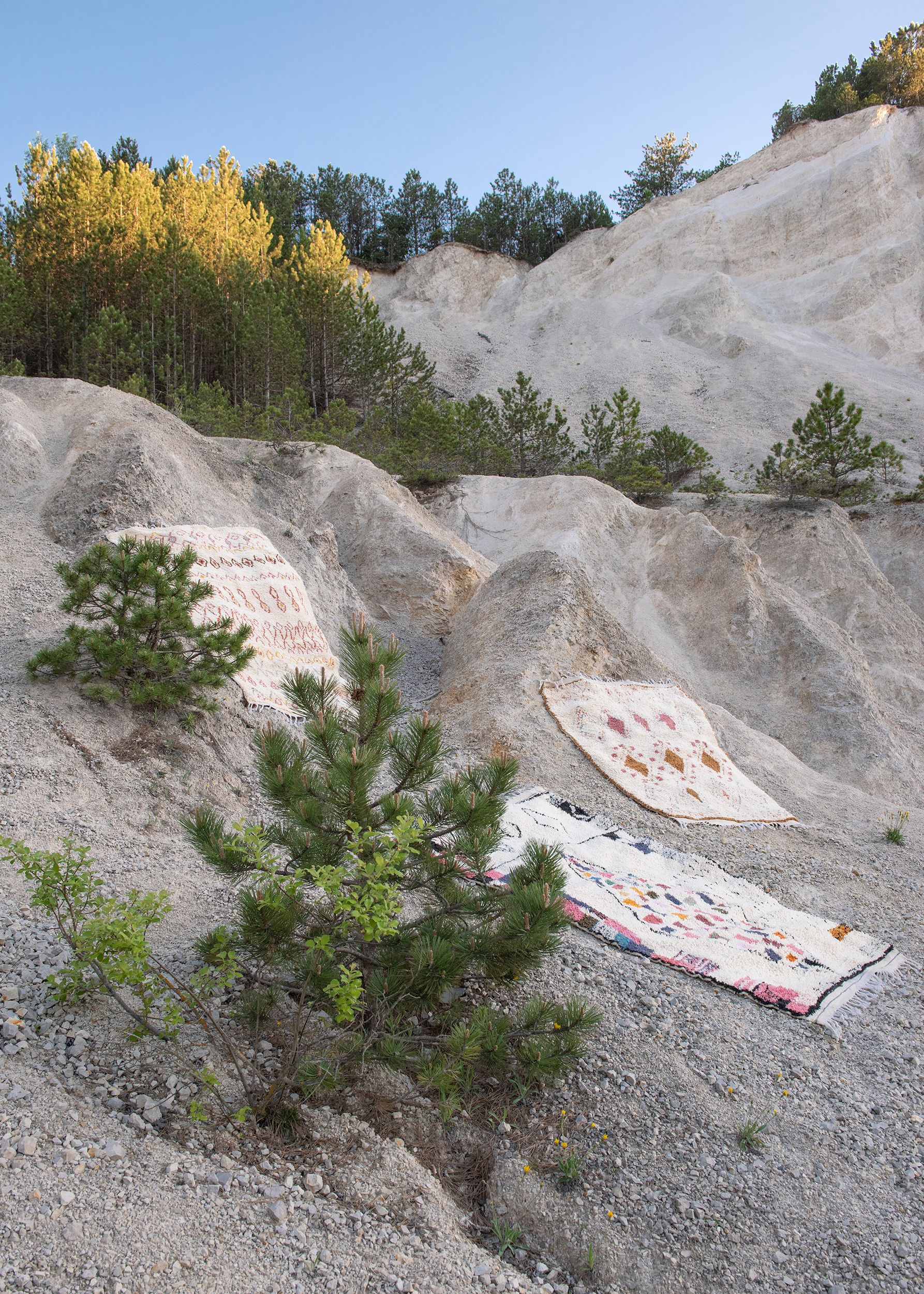
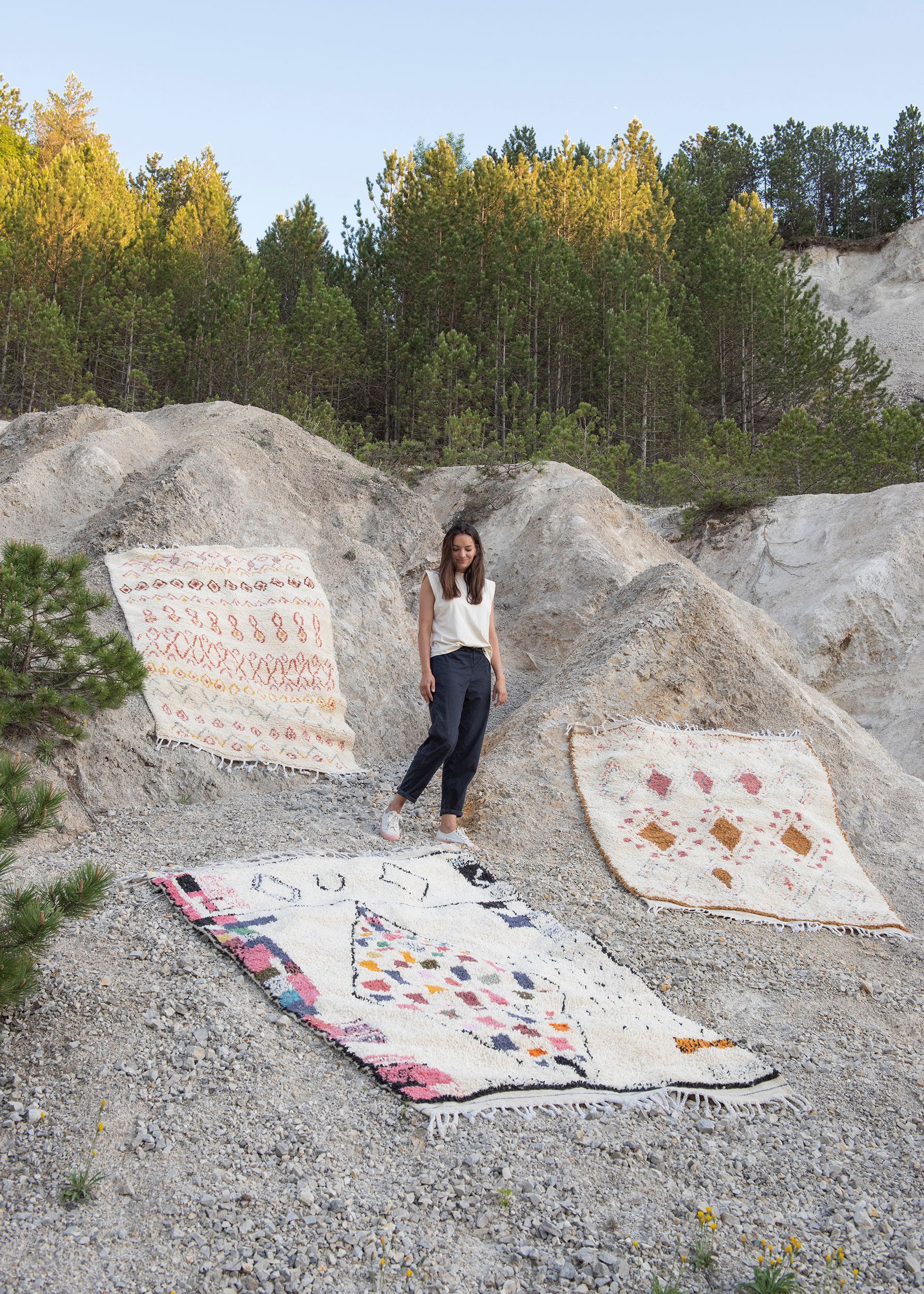

Of course, the Amazigh culture has its own legends and superstitions, which are evoked in their works of art. They attach importance to the wool itself, which is a protective material, and it is also used as a raw material for practical reasons, as it’s easily available in the Atlas Mountains. However, the uniqueness of Berber weaving is not so far from us Eastern Europeans: the artisanal wool processing in the Carpathian Basin is fascinatingly similar to that in far-off Morocco—as much a part of the collective unconscious as the rugs of Berber Budapest fit around the dreamlike setting.
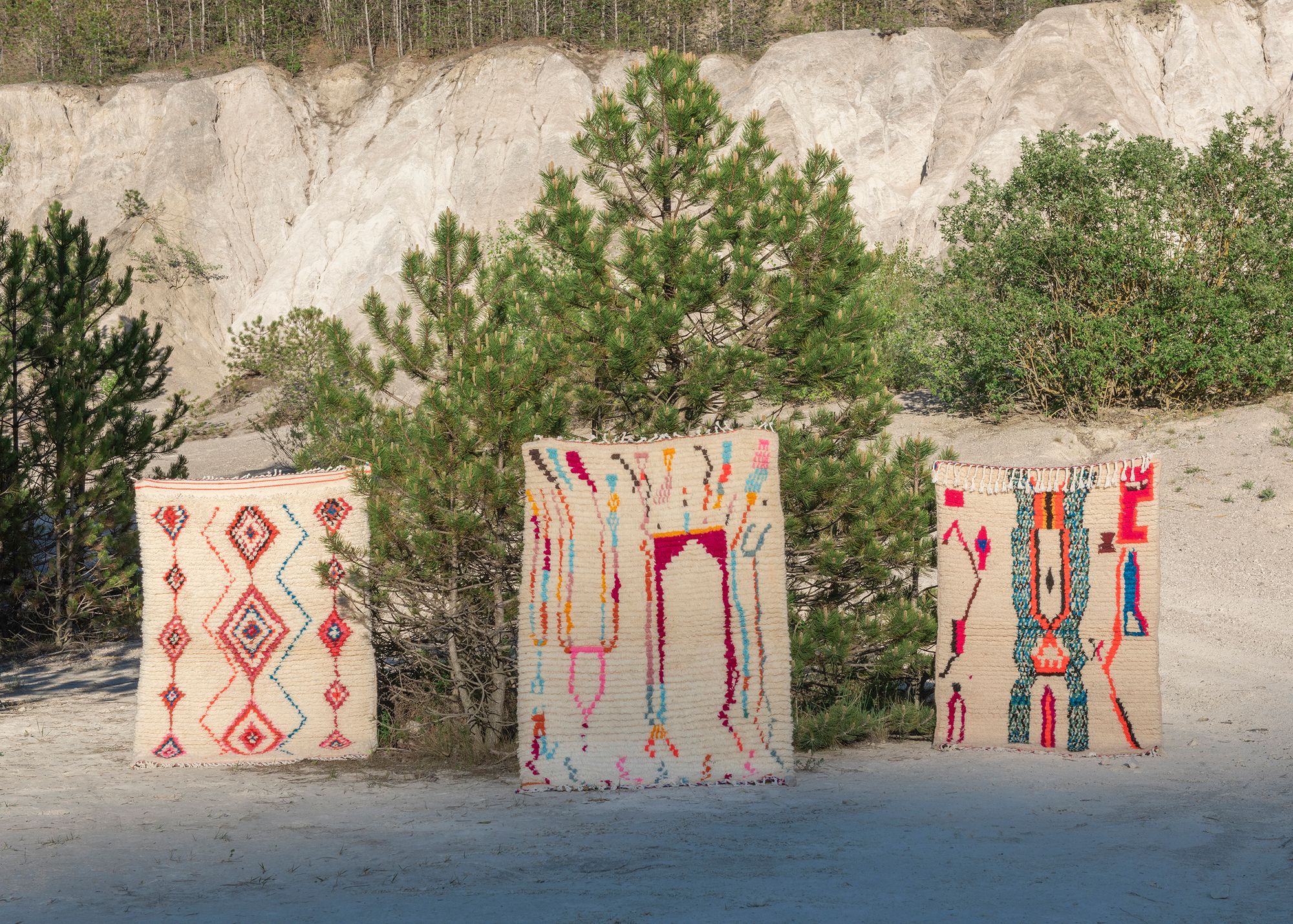
Berber Budapest | Web | Facebook | Instagram
Varga Matti | Web | Instagram | Behance

Connecting urban life with nature | Pinetime X Áron Kelemen

Central and Eastern European countries should join forces










